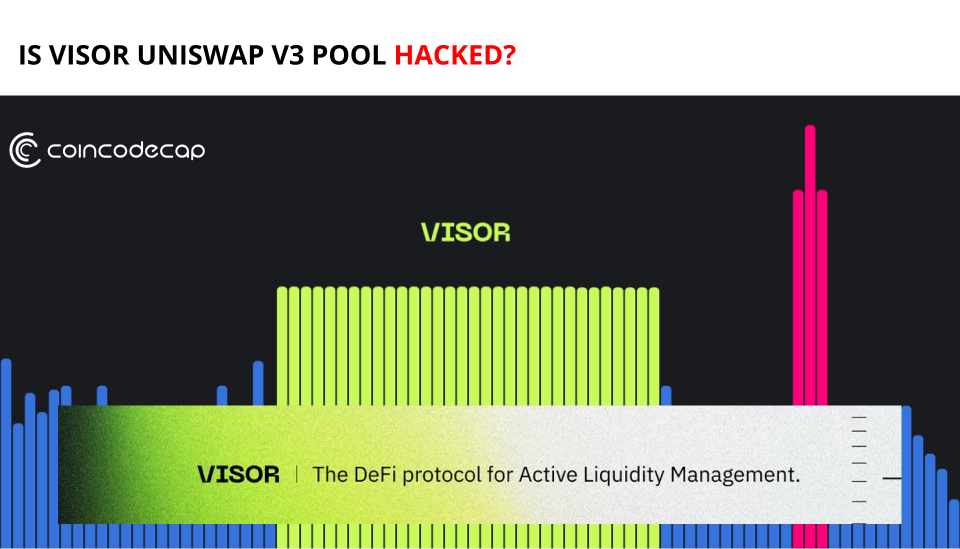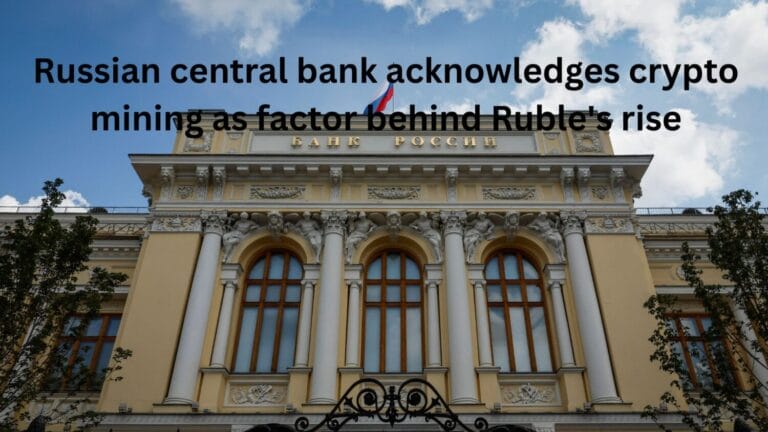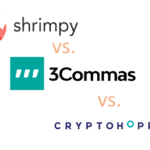Liquidity provisioning with NFT Smart Vaults, Visor proposes a DeFi environment in which market circumstances can liberate liquidity from networks of sovereign smart vaults, with transactions taking place via gasless cryptographic signatures. Moreover, Visor’s UniversalVault asset locks are controlled by signatures that may be communicated and aggregated off-chain, allowing external DeFi protocols to create networks of liquidity positions in a single transaction.

However, today, a Twitter account posted an intriguing incident that may be a hack: the user woke up yesterday morning and checked the flashloan monitor and was provided with the following:
The user admitted coming to their discord to identify a developer and allow them to solve the problem. However, it was discovered that there was a lack of balance, and their administrator had set the deposit limit for several pools to one.
As a result, the user assumed the protocol was secure.
The person inquired why no one was talking about it in their discord’s general channel. No one answers after around 10 minutes.
“I posted the tx and made a Twitter post to raise their attention.”
One of the leading lending protocols in DeFi, Aave pioneered flash loans, a new sort of uncollateralized loan enforced by smart contracts.
Flash loan assaults are a sort of DeFi attack. A cyber thief obtains a flash loan (a type of uncollateralized lending) through a lending protocol and manipulates the market in their favor using different kinds of gimmickry. Such assaults can happen in a matter of seconds while using four or more DeFi protocols.
The most popular forms of DeFi assaults are flash loan attacks, which are the cheapest to carry out and the simplest to get away with.
It’s not the first time such breaches have come into play; earlier, the Binance Smart Chain (BSC) protocol PancakeBunny was hit by a $200 million flash loan vulnerability, losing over 700,000 BUNNY 114,000 BNB tokens in the process.
According to INDEXcoop, incentives on Uniswap V2 MVI-ETH have ended, and only a small amount of liquidity has transferred to Uniswap V3. They currently have a relatively modest MVI:ETH Uniswap V3 pool, with only $1 million in TVL and $5.4 million in Uniswap V2. This proposal proposes spending $76K in INDEX and $42K in VISR to pay gas expenses and run a four-week incentive campaign to increase Uniswap V3 MVI:ETH liquidity via a Visor pool.
The Visor’s MVI:ETH pool will get liquidity, and deposited money will be actively managed and optimized to reduce slippage for traders. Visor pools put cash into the Uniswap V3 MVI:ETH pool, which has a 0.3 percent swap cost and actively controls the liquidity. In addition, the visor is responsible for any rebalancing gas expenditures.









